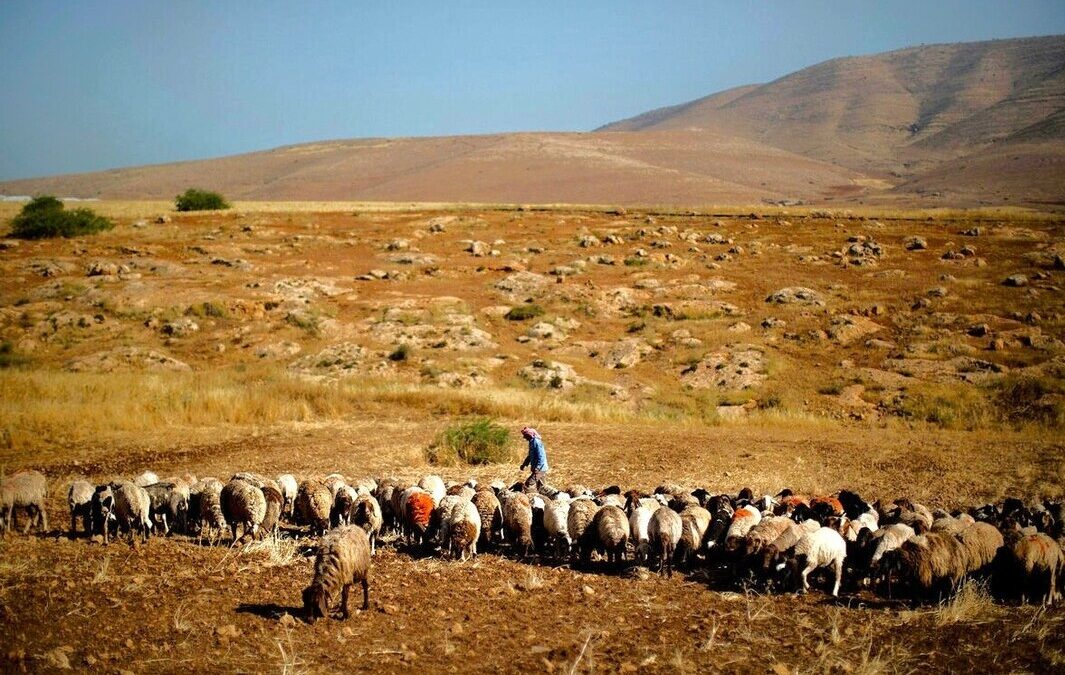FAO Report Warns of Slow Progress on Food and Agriculture SDG Goals
FAO report shows mixed global progress on food, farming and environment SDG indicators, urging stronger action worldwide.
The Food and Agriculture Organization of the United Nations stated on Monday that the world remains far from meeting several key Sustainable Development Goals, despite improvements in data coverage on food and agriculture-related targets.
The FAO report assessed 22 indicators under its custodianship, spanning six SDGs, including Zero Hunger, Gender Equality, Clean Water and Sanitation, Responsible Consumption and Production, Life Below Water, and Life on Land.
The indicators include the new measure on Minimum Dietary Diversity for Women, added this year as an official SDG metric.
According to the report, the world is close to meeting one-quarter of the targets. Another quarter, however, remains far from completion. The rest show moderate progress.
Global Food Insecurity Still High
The findings show that global food insecurity has worsened since 2015. Nearly 2.3 billion people, or 28 percent of the worldwide population, were moderately or severely food insecure in 2024. That compares with 1.6 billion people, or 21.4 percent, in 2015. An estimated 8.2 percent of the population may have faced hunger in 2024.
“The report sheds light on which objectives and regions have made progress and which have fallen behind. It can guide efforts to close the gaps,” said FAO Chief Statistician José Rosero Moncayo in a statement. He stressed the need to redouble efforts to achieve food security, nutrition, and sustainable agriculture.
Women and Land Rights
The FAO study highlighted significant gender gaps. Only 65 percent of women of childbearing age achieved minimum dietary diversity between 2019 and 2023, with sub-Saharan Africa and parts of Asia lagging most.
Land rights also remain unequal. In nearly 80 percent of surveyed countries, fewer than half of women have secure land ownership. Men are often at least twice as likely to hold property rights.
Price Volatility and Farmers’ Earnings
Food price anomalies remain three times higher than the 2015–2019 average, despite a modest decline last year. Ongoing conflicts and climate-related disruptions have kept volatility elevated. The report judged the world as “very far” from meeting the target.
Meanwhile, small-scale farmers in low- and middle-income countries earn less than half of what larger producers make. Annual incomes often fall below $1,500, the report said.
Environmental Pressures Persist
Water-use efficiency has improved by 23 percent since 2015, largely due to economic growth. But water stress remains severe in Western Asia and Northern Africa. Globally, water stress was steady at 18 percent in 2022.
Fish stocks are still shrinking, despite more global instruments to combat illegal and unregulated fishing. The share of sustainable fish stocks dropped to 62.5 percent in 2021, down sharply from 90 percent in 1974.
Forest loss has slowed but continues. The global forest area decreased from 31.9 percent in 2000 to 31.2 percent in 2020, primarily due to agricultural expansion.
Moderate Gains, but Urgent Action Needed
The FAO noted progress in sustainable agriculture and animal genetic resource conservation. Yet only 4.6 percent of local breeds are safeguarded with enough material to ensure survival in case of extinction.
Overall, the report said half of the food and agriculture SDG indicators show either moderate or improving trends. Still, wide gaps remain in addressing hunger, gender equality, and environmental protection.
Also Read:
Global CEOs Warn Climate Change Threatens 2030 Sustainability Goals
Nirmal Menon
Related posts

Subscribe
Error: Contact form not found.


